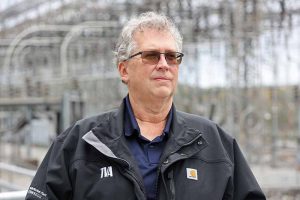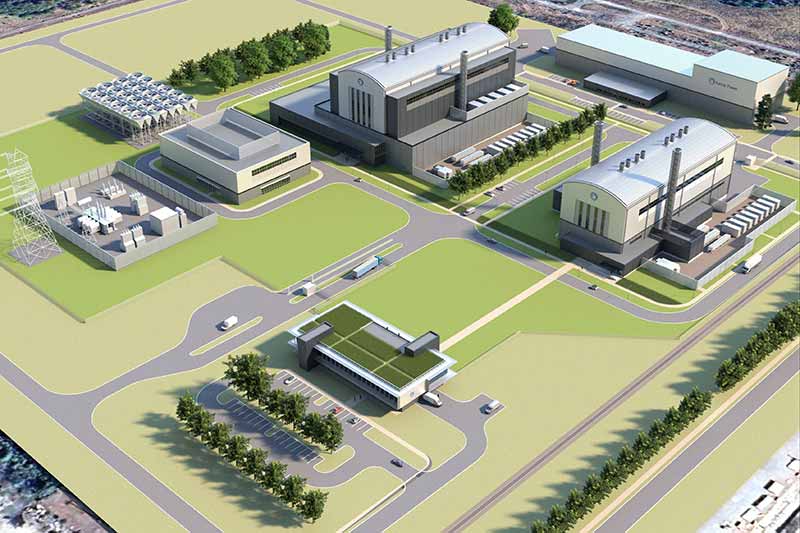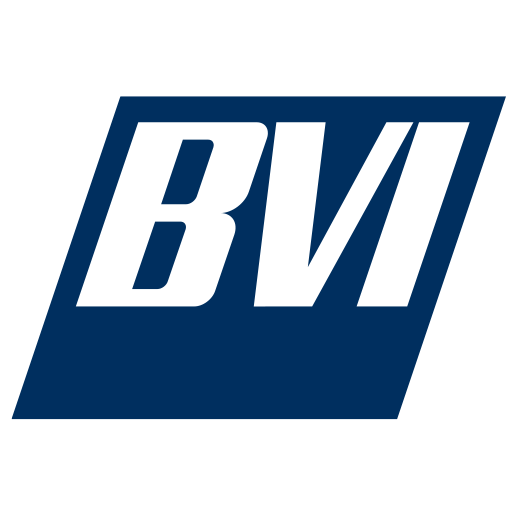TVA Partners with Advanced Reactor Designer
The first time Scott Hunnewell learned about the intricacies of the nuclear industry, he knew he’d make it his home. He began working at the U.S. Department of Energy’s Savannah River Site in South Carolina straight out of college, then joined TVA’s Nuclear team in 1992.
 Now vice president of TVA’s New Nuclear Program, Hunnewell sat down to answer questions about nuclear initiatives at TVA and innovative reactors being built in the Valley region.
Now vice president of TVA’s New Nuclear Program, Hunnewell sat down to answer questions about nuclear initiatives at TVA and innovative reactors being built in the Valley region.
In July 2024, Kairos Power, based in California, broke ground on its Hermes low-power demonstration reactor in Oak Ridge, Tennessee. Hermes 1 began safety-related construction activities on May 1, 2025.
Additionally, the Nuclear Regulatory Commission approved a construction permit for Kairos’ power-generating Hermes 2 demonstration plant.
TVA has agreed to purchase power from Hermes 2, which uses a molten-salt cooling system. It also incorporates a new ceramic, pebble-type fuel and other passive safety features.
Could you tell us about TVA’s New Nuclear program?
TVA has seven reactors in its current fleet. We are looking ahead as generation assets retire or near end of life, which would eventually include our nuclear plants that are currently operating. For example, Browns Ferry Unit 1 will turn 80 in 2053. You may think, “Hey it’s 2025, why are we thinking about 2053?” While there is potential for operation beyond 80 years, we have to plan for the future. We’re evaluating the potential to deploy additional nuclear power plants within the Valley region, as we’ve seen a real increase in the need for generation. There are a lot of things that go into constructing a nuclear plant, so the sooner we start that process, the easier it will be down the road to build those new facilities.
When we talk about advanced nuclear, what does that mean? And how about SMRs?
You’ll hear some terms: Generation III-plus reactors and Generation IV reactors. It’s pretty simple to differentiate between those. A Gen III-plus reactor is cooled with water. Every currently operating commercial reactor in the country is cooled by water. If you use a coolant other than water – say you’re using a gas like helium, or a molten salt or liquid metal like lead – those reactors are all Gen IV.
An SMR is a small modular reactor. It’s more compact than a traditional light-water reactor, meaning it takes up less real estate. But we’re also talking about the output. They’re measured by their electric output. SMRs typically range from 50 megawatts up to 300 megawatts electric output. That’s kind of a ballpark because some are higher. SMRs have a smaller electric output than TVA’s current reactors, which are in the 1,100- to 1,200-megawatt range.

TVA’s agreement with Kairos makes it the first utility in the U.S. to secure electricity from an advanced reactor. How does that agreement work and what are the advantages?
There are a few ways TVA operates. One way is we own the generating asset and we produce the electricity, and then we sell that to consumers. But another way is that we will purchase electricity from a third party. An example is solar – sometimes another company builds a solar field and we will buy electricity from them. Likewise with Kairos and Hermes 2. We’ve entered into an agreement where they will own and operate the nuclear plant and we will buy that carbon-free, reliable electricity.
It’s important that we have these partnerships that enable the deployment of new nuclear energy to meet demand for baseload power. When we talk about baseload or dispatchable power, it means that we know when it’s going to produce power and how much power it’s going to produce. What it means to the average customer is that more of their electricity will come from a carbon-free source and it will be a reliable baseload source, meaning it will be producing electricity 24/7.
Google also recently signed an agreement with Kairos. How does it all fit together?
Google wants electricity for data centers, and they want it to be reliable and carbon-free. TVA wants to be able to provide that power to them, and we’ve got the transmission infrastructure to do that. So, under the arrangement, Kairos will build the plant and generate the power, TVA will link Kairos Power’s plant to the grid and purchase the power at a competitive rate, and Google will then purchase local clean energy attributes to support its goals reducing carbon output from data centers in the Valley region.
In some circles, there’s been concern that data centers and AI might drive up electric rates. What does this mean for homeowners and businesses in the Valley region?
AI is catalyzing the deployment of new nuclear, which will benefit everyone within the Valley region. The first one, two or three nuclear plants of a certain design cost more to build and operate just like any new product that comes to market. Over time, costs come down as designs are standardized and supply chain and construction kinks are worked out. The good news is data center and AI companies are partnering with developers like Kairos Power early on in return for access to the carbon-free power coming from their first plants. So, thanks to these big investments from Kairos Power and Google in the Valley region, it doesn’t impact our customers – and that’s a real benefit to all electricity consumers. The costs are being borne by the developer and the one customer who will really benefit the most, which is the data center. So, when we get to that fourth plant, the cost to construct is expected to be significantly reduced. But it’s carbon-free, and its baseload, so now the people of the Valley region are benefiting from that low-cost, reliable, carbon-free energy source. Locally generated electricity also adds to energy security for the region and the nation.
Also, any investment in nuclear is an investment in the area where that plant is built, because you’ll have construction workers and you’ll have material sourced locally for concrete and other things. Restaurants, hotels, campgrounds – they all benefit during construction of a nuclear plant. That area then benefits by having jobs for employees who will operate and maintain that plant for 60 to 80 years or beyond.
TVA is the biggest public utility in the U.S. What does this mean for that legacy?
TVA really operates like a nonprofit. Ultimately, we’re looking at how we improve the lives of the people of the Valley region. That may be through reliable baseload power generation, but it also comes from attracting new businesses to the Valley that want to hire people to work here. With that public power model, we’re able to enter into some of these agreements in a very competitive manner to help really accelerate the deployment of new nuclear.
What is it about the nuclear industry that’s interested you all these years?
It’s a career that, quite frankly, I stumbled on out of college. It was not something I’d ever considered, but once I learned what it was, it absolutely fascinated me. I was a fan of aviation – the control room in a nuclear reactor is very similar to a cockpit in an airplane.
These are long-term horizons you’re dealing with on your team. What puts a fire in your belly and gets you out of bed in the morning?
The future of nuclear is really exciting. I’ve got that blank canvas: What are we going to build for a potential fleet of the future that somebody 60 years from now is going to look back on and think, “Wow, we really did it right. We made some good decisions.” I see an opportunity to make lots of choices that will really shape the future of TVA for the next 100 years.
